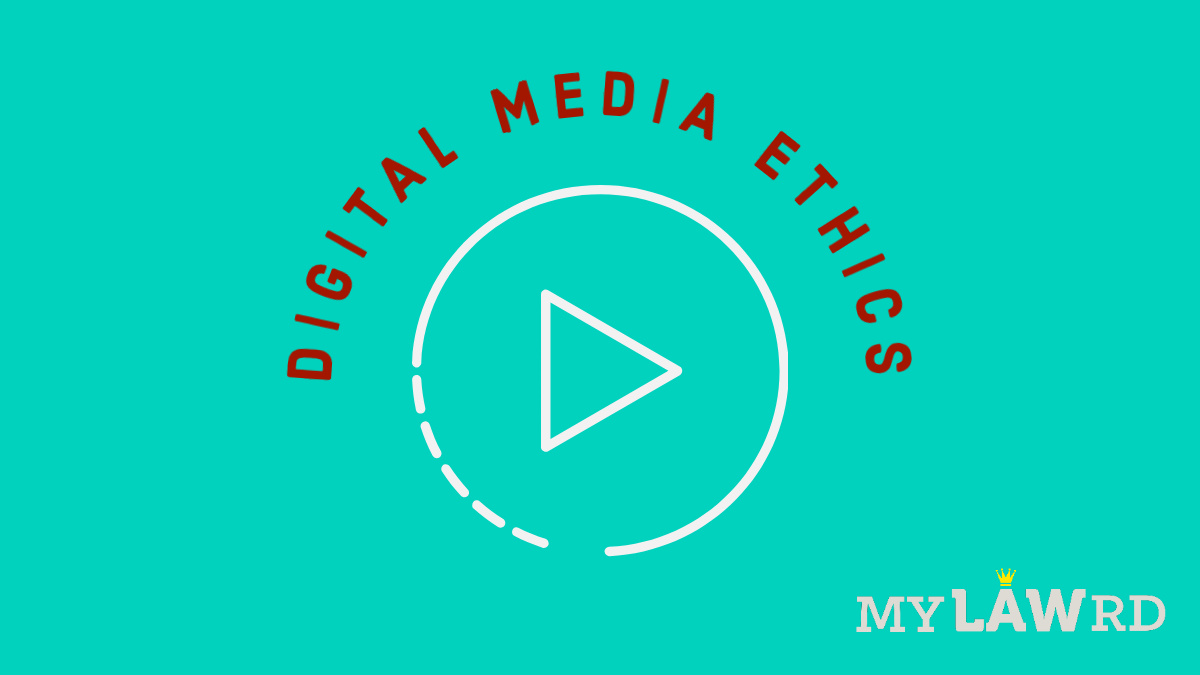OTT platforms to abide by three tier Grievance Redressal Mechanism
The Ministry of Electronics and Information Technology (MeITY) has notified the Information Technology (Intermediary Guidelines and Digital Media Ethics Code) Rules, 2021. It regulates social media platforms, OTT players & digital media. The rules will come in effect from the date of their publication in the gazette, except for additional due diligence for significant social media intermediaries, which shall come in effect three months after the publication of these rules. The online content space is likely to stay largely self-regulated, but with a three tier OTT grievance redressal mechanism.
Applicable entities
Surprisingly, the rules not only cover OTT sector, but also publishers of news and current affairs, intermediaries which enable transmission of news (news aggregators), and intermediaries which enable the transmission of online curated content. The Code of Ethics primarily focus on grievance redressal mechanisms. There shall be a three-level OTT grievance redressal mechanism.
Classification of Content
Any platform operating in the online curated content filed shall classify its content into categories. The classification shall be based on the context, theme, tone, impact and the target audience of such content, and shall be given a rating as per the rules. The rating shall be displayed prominently to the user so that the user is aware of its before accessing the content.
The Self Regulating Mechanism at Level-I
The rules require any platform to be a member of a self-regulating body and establish a grievance redressal mechanism. It shall appoint a Grievance Officer based in India. The platform will have to display the contact details and the name of such officer on its website.
This officer will be responsible to ensure the redressal of any grievance within 15 days of receiving any complaint, and inform the complainant within this duration. He will also act as a nodal point for interaction with the self-regulating body and the Ministry.
In case the complainant is not satisfied, he can prefer an appeal, within 15 days of such decision, to the Oversight Mechanism by a self-regulatory body, at level II.
The Self Regulating Mechanism at Level-II
The rules allow an association of applicable entities to have a self-regulatory body. Any such body shall have to register itself with the Ministry within thirty days from the date of its constitution.
A retired Supreme Court or a High Court Judge, or an independent eminent person from the field of media, broadcasting, entertainment, child rights, human rights or such other relevant field, shall head the self-regulatory Organisation. The Ministry of Information & Broadcasting would appoint such a person.
The self-regulating body can have up to six other members, who are also experts from the field of media, broadcasting, technology and entertainment, child rights, human rights, and such other relevant fields.
This self-regulatory body would need to resolve disputes which the applicable entities at level-I fail to resolve within the stipulated 15-day period, or if complainant appeals against the decision.
The body would also have the mandate to oversee adherence to the Code of Ethics and issue guidelines for necessary compliance. In case the body observes any need of action against a content for reasons enumerated under Section 69A of the IT Act, it can refer the issue to the Level III mechanism. It can also refer the issue to the oversight mechanism at Level III if a publisher fails to comply with the guidance or advisory of the self-regulatory body.
Oversight mechanism by the Government (Level III)
The government will publish a charter for self-regulating bodies and maintain the grievance portal. It will also create an inter-departmental committee to hear grievances that could not be resolved through Level II mechanism. This committee can require content providers to reclassify their content’s age rating, edit the synopsis, or apologize.
Further, the Ministry shall appoint an officer of the Ministry not below the rank of a Joint Secretary to the Government of India, as the “authorised officer”, for the purposes of issuing directions under the rules, or in case of blocking of information in case of emergency.
For publishers of news on digital media, the new rules require them to observe Norms of Journalistic Conduct of the Press Council of India and the Program Code under the Cable Television Networks Regulation Act thereby providing a level playing field between the offline (Print, TV) and digital media. The rules allow three months’ time to the applicable entities, from the date of publication of rules, to reach relevant compliances.
You can read about other key takeaways from the new intermediary and digital media rules here.
You can read about the rules here.
Do subscribe to our Telegram channel for more resources and discussions on tech-law. To receive weekly updates, don’t forget to subscribe to our Newsletter.
You can also follow us on Instagram, Facebook, LinkedIn, and Twitter for frequent updates and news flashes about #technologylaw.

